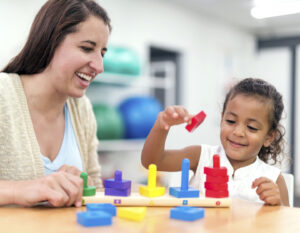




Because sleep deprivation is a real thing.
The four-month sleep regression can be a tricky (and exhausting!) time for many families. Just when you think you’ve found your groove and are in a nice little routine with the baby sleeping for five or six-hour stretches, all of a sudden, it hits four months and it all goes out the window (sigh).
As frustrating as this is, you are not alone and the best news is it can be resolved! I get a lot of calls from parents, with babies of this age, tearing their hair out and crying from exhaustion looking for a solution. Whilst some can get through this phase without much fuss, there are many that struggle. But don’t panic! We’re here to explain what’s going on so you can actually find out what’s happening to your baby.
Read more: Newborn Sleep: Healthy Habits For Your Baby’s First Months
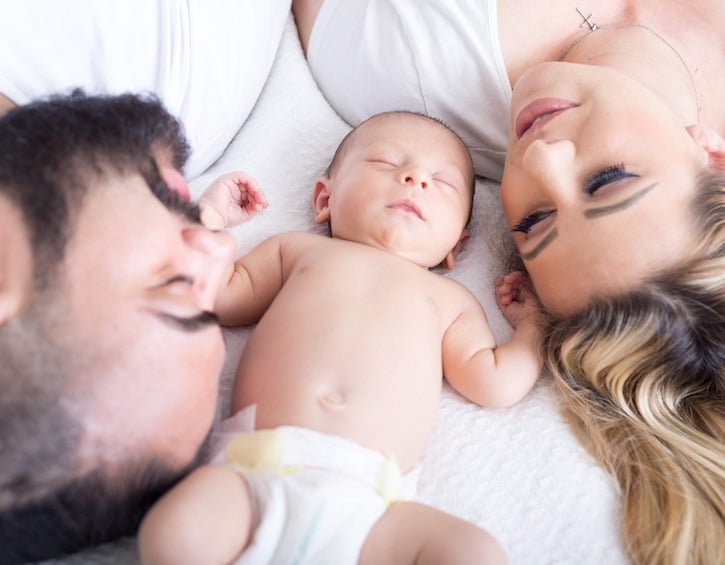

What is the four-month sleep regression?
Unlike most other developments and stages that your baby will go through, the four-month sleep regression is unique. It marks the moment where the biology of its sleep pattern changes from “simple” newborn sleep (active and quiet) to a more mature sleep cycle (more about this shortly).
How you respond to these changes can significantly impact the future of your little one’s sleep behaviour. In my last article, we talked about relaxing and bonding with your newborn in the first few months because the science behind its sleep is entirely different. Whilst there are a few things you can do to help them for the future, it is really how you respond after the four-month sleep regression stage that will determine the quality of sleep that can be achieved. Before we move on, I want you to always bear in mind the importance of sleep for babies. Long, restorative stretches of sleep will facilitate mental and physical development.
In my opinion, it is crucial to guide our babies to reach their sleep potential by helping them achieve long periods of rest. By doing this, you’re facilitating their physical and mental development to the optimum level and enhancing their health and wellbeing.


Why do their sleep patterns change around four months of age?
Without getting too technical, it’s important to highlight a couple of things about four-month sleep regression first. Newborns have immature sleep patterns and will cycle between “active/REM” and “quiet/non-REM” sleep. Essentially, this means that your newborn will be in a constant state of sleep and will only wake if it needs something – milk, diaper change, or when it is simply not tired any more. Of course, there are exceptions to this, particularly if your baby has any medical issues such as colic or reflux for example (but that’s a whole other topic!).
At around four months of age, sleep patterns mature and organise themselves into cycles – just like an adult. The cycle is made up of different stages of sleep, starting with light sleep, then deep sleep, before entering into light sleep again. When they approach the end of the sleep cycle, they have a brief “wake up” and it’s at this point that they need to reconnect to the sleep cycle themselves (the ultimate goal) to achieve those long stretches of sleep. It’s pretty clever, as the sleep cycle is a survival mechanism designed to ensure your baby can check that they’re not hungry, too cold or uncomfortable!
The downside to this “brief waking” is that they are also looking to repeat the same conditions they received when they fell asleep in the first place. So, if you find yourself repeating any of the below tactics more than you’d like, then you have a baby who is reliant on a number of sleep associations or crutches:
- Rocking, holding, patting
- Feeding (snacking or non-essential feeds outside their usual feeding routine)
- Using a swing chair, car ride, stroller or carrier
- Using a pacifier
- Bringing them into bed with you (not relevant if your goal is to co-sleep)
For the babies who can’t connect their cycles independently, and rely on one of the above, welcome to the world of cat naps and many (many!) wake-ups during the night.
Read more: Where To Buy Kids Furniture And Decor For The Nursery In Hong Kong
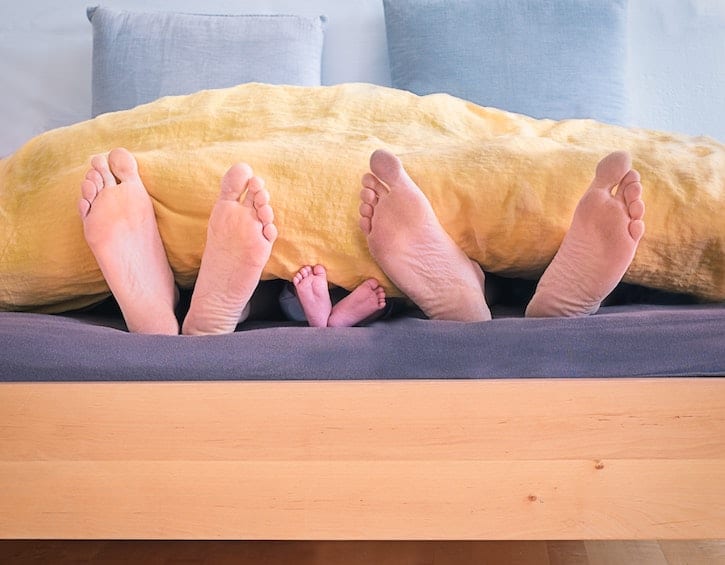

Why can some babies learn to connect their cycles and others can’t?
In order to reach those consistent blocks of sleep at night and restorative naps (longer than 40 minutes), your baby needs to be placed into its sleep space drowsy but awake. This is a term you may have read about over and over again, and it might seem entirely unrealistic. However, this really is the key and sets the good sleepers apart from the not so good. If babies learn how to sleep by themselves, this means they can connect their sleep cycles on their own too – resulting in long naps and sleeping through the night (#winning)!
If you have fallen into the trap of offering a recipe of support to get your baby to sleep, it will essentially learn to expect it every time it needs to connect a cycle. Whilst this is entirely normal and completely fine in the newborn days, it may become unsustainable after regression when the ability to learn through association kicks in.
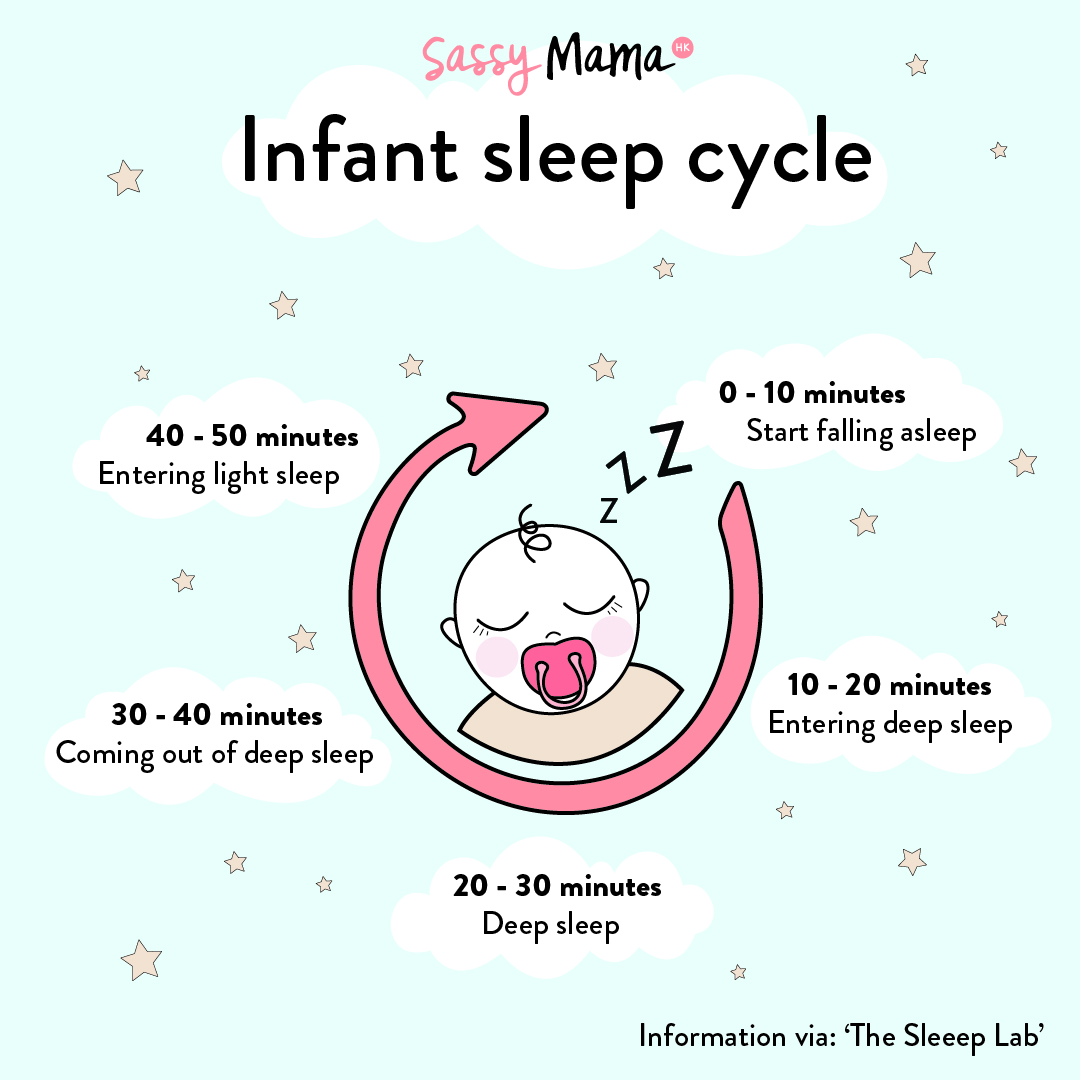

What can you do to avoid frequent wakings after the regression?
I typically encourage caregivers to gently ease off on the level of support provided to fall asleep as you approach the four-month mark – the earlier the better. This can be done very slowly and gently and with no pressure to succeed. For example:
- Instead of using the car to get them to sleep, you might want to introduce holding them with no motion until they fall asleep.
- Once they have got used to that, you can move on to patting them to sleep and gradually end up just using your voice to soothe them to sleep.
- Eventually, you will find that you are able to simply place them down in their cot, drowsy but awake, and they won’t require a great deal of help to fall asleep.
By going through these gentle and gradual changes, you are offering your baby an opportunity to fall asleep without your intervention. By doing it this way, you can avoid a whole host of future sleep problems and you can work towards self-soothing without too much fuss.
If your baby is older than four months and you feel that you missed this window of opportunity, you may benefit from a bit of help to get you back on track. I typically hear from parents of babies around five months of age when these associations are still being relied on excessively, with no sign of it improving. If this sounds familiar, don’t worry because this is the perfect age to resolve any challenges. It becomes much harder for children older than 12 months. By this stage, it’s not a case of them growing out of it and the general rule is if your baby expects anything in order to get to sleep, it will continue to do so unless shown anything different.
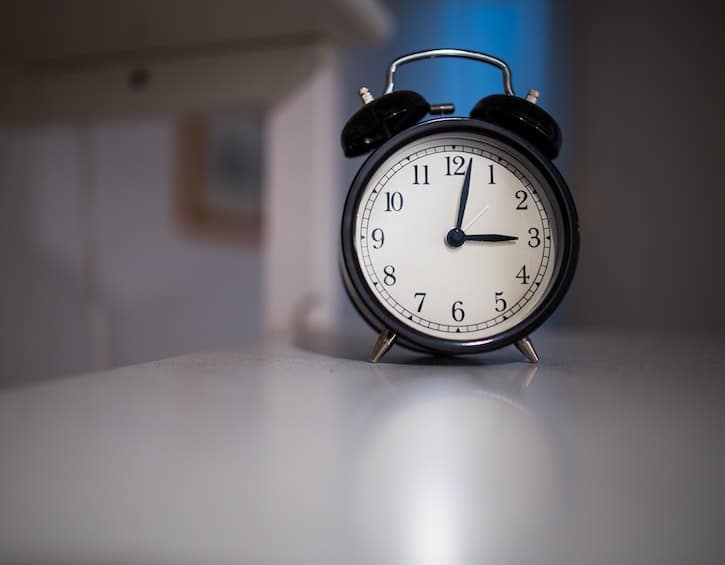

Does this mean I can’t hold and cuddle my baby?
It might sound as though in order to have a good sleeper you can’t cuddle or do anything nice to comfort them. This couldn’t be further from the truth and your baby can have all the cuddles and comfort its desires! It can also feed through the night as much as it needs, whilst still achieving healthy sleep patterns. It simply comes down to establishing healthy habits from the get-go or, if this is too late, simply resolving any challenges as early as possible.
Read more: The Stages Of Child Development And Signs To Watch Out For
Should you wish to get in touch for a consultation or guided sleep coaching, feel free to contact Jade at The Sleeep Lab for more information.
 View All
View All











 View All
View All





 View All
View All


 View All
View All
